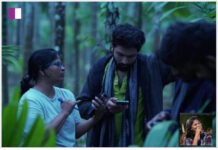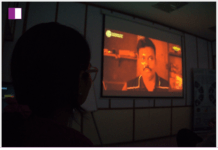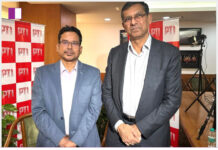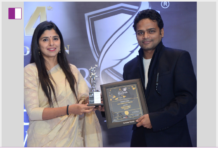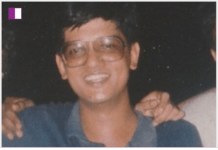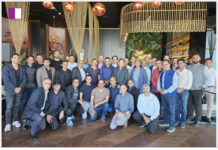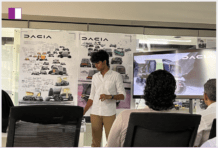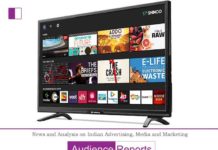Ameya Velankar, Uber India’s head of marketing, talks about why there’s more focus on the auto segment, recent campaigns, and more.
Uber entered the Indian market in 2013 and almost disrupted the country’s taxi (cab) ecosystem. The brand became a household name, shortly.
The brand’s last three campaigns, however, focus on the ‘three-wheeler segment’ (auto-rickshaws). The brand has partnered with standup comedians, Aakash Gupta, Prashasti Singh and Aashish Solanki. Their witty one-liners can be seen in the form of banners on autos in Gurugram. The brand seems to be looking to stand out on the roads.

Keeping the Indian Premier League (IPL) fever in mind, the brand took a bet on its popular three-wheeler mobility product – ‘Uber Auto’. The brand’s latest campaign showcases the journey of two cricketers and a female bouncer, in an auto. It features cricketers Yashasvi Jaiswal and T. Natarajan, and India’s first female bouncer Mehrunissa Shaukat Ali.
Ameya Velankar, head of marketing, Uber India, tells afaqs!, “App-based rideshare autos have merely scratched the potential of the problem that we’re trying to solve. There’s a huge potential in this segment, in terms of safety issues, doorstep pickup, and communicating the live location. Uber Auto solves this problem.”
“I’d still say that it’s ‘day zero’. The potential and the consumer problem is huge. The kind of audience affected by this problem, is also huge. That’s the reason why it’s important for Uber, as a platform, to become more relevant to the consumers. This’s why there’s been more focus on Uber Auto, over the last 18 months.”
“This is the 10th year of our (Uber India’s) operation. We started with cars, as a category, and have been able to solve problems in the majority of (Indian) cities. Now, autos are the next frontier of growth, and brands can play a role here.”
Although the latest campaign features Jaiswal and Natarajan, who’re in the limelight due to the ongoing IPL, it wasn’t designed specifically for the tournament.
When asked about the campaign’s insight and why the brand chose the two cricketers, along with Ali, Velankar shares, “We’re a global brand, but we want to be relevant at the hyper-local level as well. These stories are from three different parts of the country. Jaiswal scored a century just after the campaign was launched, which was great for us.”
“We were looking to translate a similar response in the South Indian market as well. That’s where Natarajan came into play.” (He’s from Tamil Nadu and plays for Sunrisers Hyderabad IPL team.)
“There were multiple choices, when it came to choosing a woman for the campaign. We have so many powerful women in our country, who’ve made us all proud. But Ali’s story stood out for us. It’s a unique story – women as bouncers (especially in India), is unheard of.”
Adapting to hyper-local culture
Uber is currently operational in 10,000 cities across 71 countries. The brand’s messaging is different for different regions. Also, it’s tough for brands like Uber to stay culturally relevant across the globe.
Velankar states, “We work closely with our agency, FCB India. We try to leverage its local presence (in India). It understands the market. We also do a customer meet and greet event on a regular basis.”
The brand has a presence in metros, as well as Tier-II/III towns in India.
“Our ambition is to serve more customers, in terms of the geographical footprint. We don’t have to change everything to be relevant for a certain specific tier of the market. We understand local operations and make sure that product experience is equally uniform. From a marketing perspective, it is important to understand the local nitty-gritty. As long as wherever we can do it scale we’ll do it, or else we’ll do it market-wise like in the case of partnering with standup comedians.” says Velankar.

